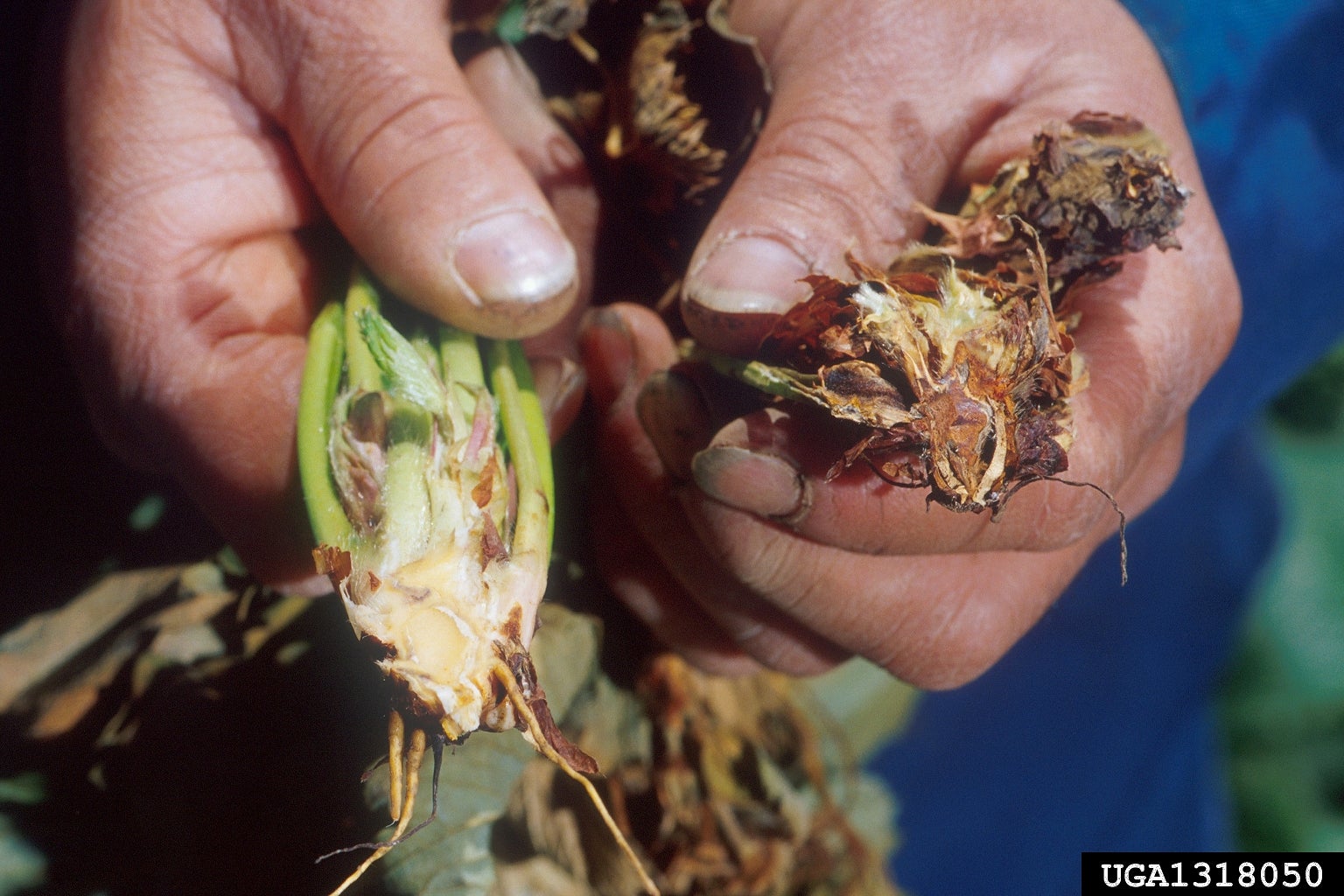Strawberry Verticillium Wilt Control – Fixing Strawberries With Verticillium Wilt


Verticillium is a family of fungi that infects hundreds of different host plants, including fruits, flowers, and trees, causing verticillium wilt. Verticillium wilt on strawberries is particularly heartbreaking for a gardener, since it can mean no luscious berries. If you are growing strawberries, you need to know about strawberry verticillium wilt fungus. Read on for information about how to recognize strawberries with verticillium wilt, including tips on the possibility of treating this disease.
Strawberry Verticillium Wilt Fungus
Verticillium wilt on strawberries is caused by two fungi, Verticillium albo-atrum and Verticillium dahliae. Unfortunately, an infected strawberry plant will probably not live to produce the delicious red berries you are hoping for. The really bad news is that if you have strawberries with verticillium wilt, it’s hard to get rid of the fungus. Once it is established in your garden plot, it can remain viable for over two decades. You can also unwittingly spread the strawberry verticillium wilt fungus to other areas of the garden via seeds or tools.
Recognizing Verticillium Wilt on Strawberries
So what are the symptoms of verticillium wilt on strawberries? Strawberries with verticillium wilt develop dry, drooping leaves that are well described as “wilt.” The leaf margins turn dark or reddish yellow and new leaves are stunted. It looks as though the plants haven’t been watered, but the actual issue is more serious. In time, you may see bruise-colored blotches on the runners and within the crown and roots. In a serious outbreak of strawberry verticillium wilt fungus, many plants wilt and die at the same time. In less serious outbreaks, only scattered plants may be infected.
Strawberry Verticillium Wilt Control
Treating strawberry verticillium wilt is not easy. The preferred way of strawberry verticillium wilt control in the past has been soil fumigation. This involves using soil fungicides (usually a mix of methyl bromide and cholorpicrin) that smoke out the fungi. However, this is very expensive for home gardeners, and it is also difficult to achieve under new environmental regulation. Sometimes chloropicrin used alone can disinfect some soils, but it does not provide the same type of control as the use of the products together. Your best bet is to take cultural care steps toward strawberry verticillium wilt control. For example, never plant strawberries where other crops susceptible to the fungus have been planted within five years. This includes tomato, pepper, potato, and eggplant. You should also be sure your strawberry patch is well-drained. It should have fertile but light soil and get lots of air and sun. Finally, be sure to use certified, disease-free strawberry plants. Although no cultivars have been developed to date that are genetically resistant to this disease, you can find some tolerant or partially resistant cultivars. This is an important method of strawberry verticillium wilt control.
Sign up for the Gardening Know How newsletter today and receive a free copy of our e-book "How to Grow Delicious Tomatoes".

Teo Spengler is a master gardener and a docent at the San Francisco Botanical Garden, where she hosts public tours. She has studied horticulture and written about nature, trees, plants, and gardening for more than two decades, following a career as an attorney and legal writer. Her extended family includes some 30 houseplants and hundreds of outdoor plants, including 250 trees, which are her main passion. Spengler currently splits her life between San Francisco and the French Basque Country, though she was raised in Alaska, giving her experience of gardening in a range of climates.